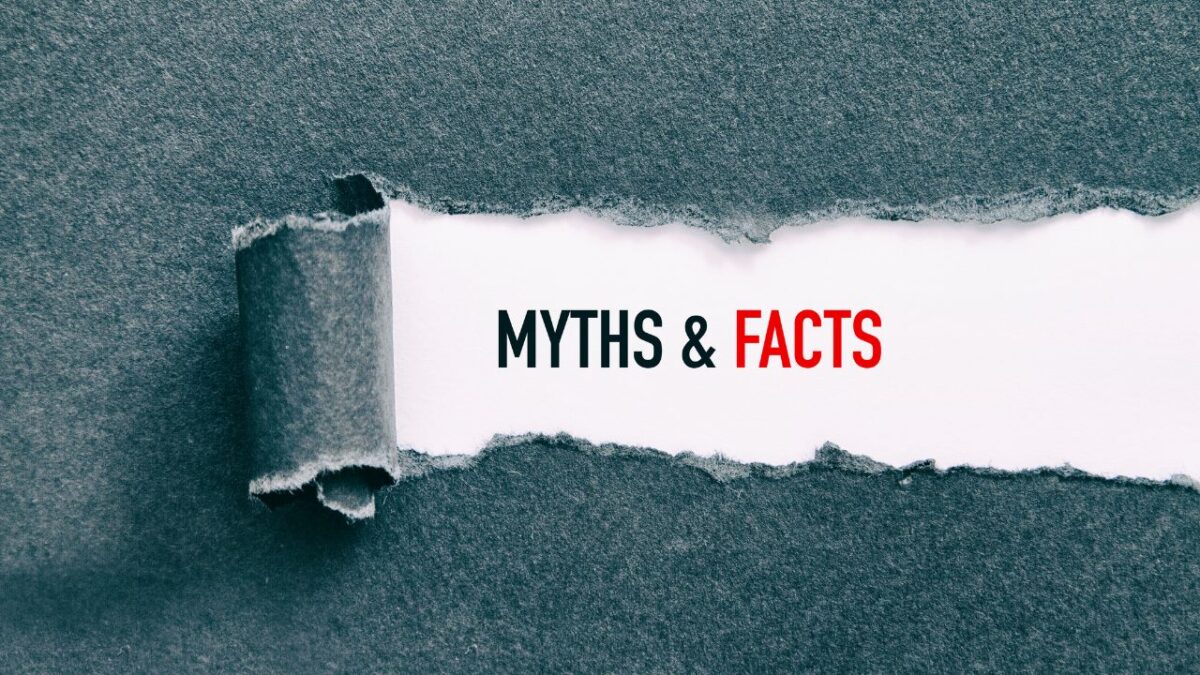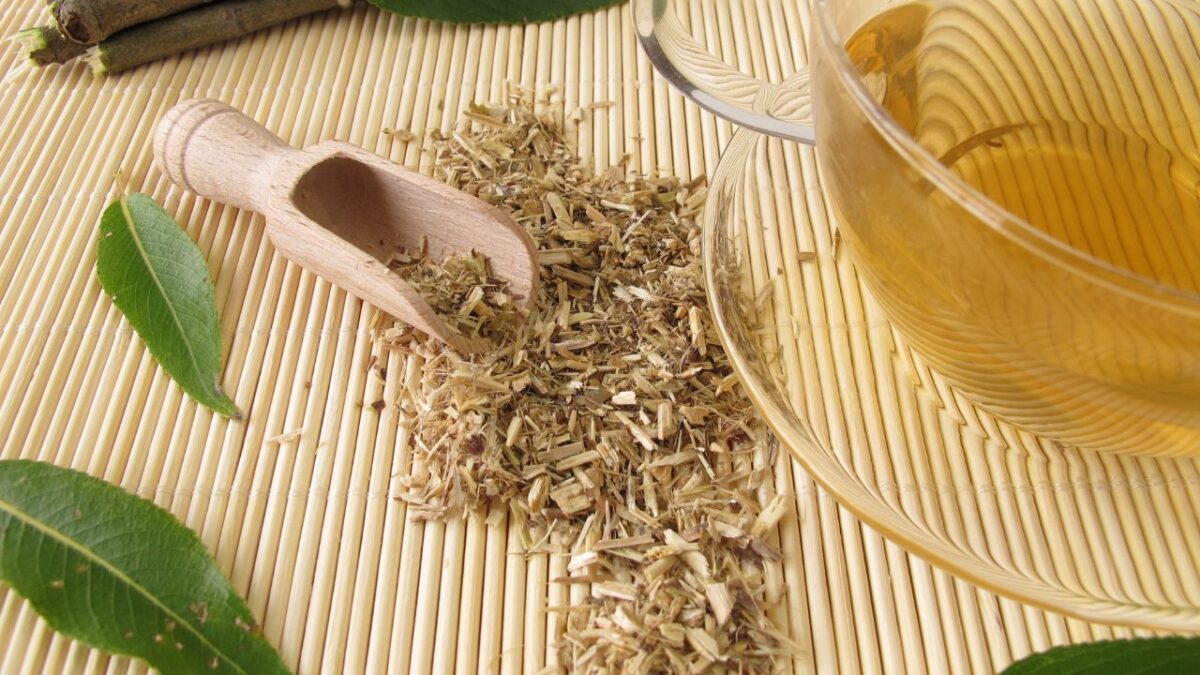A good night’s sleep is a cornerstone of health, especially as we age. For many, especially women going through menopause, achieving restful sleep becomes a challenge. This comprehensive guide explores the nuances of sleep in older adults, focusing on strategies for better sleep for menopause and beyond.
Understanding Sleep in Older Adults & Menopausal Women
Alright, let’s break down the whole sleep-and-aging thing, especially how it gets a bit more complicated for women hitting menopause. It’s like your body decides to mix things up in the sleep department just when you thought you had it all down. But getting the lowdown on these changes is key to nailing better sleep for menopause.
So, as we get older, our sleep patterns start doing their own thing. You might find yourself waking up super early or not sleeping as deeply as you used to. And oh, the classic tossing and turning, trying to drift off – that’s part of the deal too. Our internal clocks get a bit quirky, and deep sleep becomes a bit of a rare treat.
Now, add menopause to the equation for women, and it’s a whole different story. Menopause is more than just hot flashes and mood swings; it’s a big-time sleep disruptor. Thanks to all the hormonal ups and downs, with estrogen and progesterone levels doing the tango, you might face night sweats, sudden temperature changes, and lots of restless nights. Basically, menopause can make the quest for good sleep a bit of an adventure.
But here’s why better sleep for menopause is super important: it’s not just about feeling refreshed. It’s about your overall health. Skimping on sleep can mess with everything from your mood to your weight, and even heart health. Plus, when you’re getting enough sleep, you’re in a better position to deal with other menopausal symptoms. It’s like giving your body the right gear to tackle the day.
So, that’s the scoop. As we age, and especially for women going through menopause, sleep can become a bit of a puzzle. Understanding these changes is crucial. It’s not just about getting more sleep; it’s about adapting to what your body now needs and figuring out ways to get better sleep for menopause. Remember, a peaceful night’s sleep is still totally possible – it might just need a few tweaks!
The Importance of Better Sleep for Menopause
For older folks, sleep is like a nightly tune-up. It fixes up our cells, keeps our muscles and skin in good condition, and even makes our immune system stronger, which is a big deal since it tends to get weaker with age. Plus, it helps keep those pesky chronic diseases like high blood pressure and diabetes under control.
Now, let’s talk about the brain benefits. A good night’s sleep is like a supercharger for our memory and thinking skills. It helps us store new memories and keeps our minds sharp, which is super important to avoid things like memory loss and dementia. And don’t forget about mood – sleeping well means we’re more likely to wake up feeling happy and less stressed.
For women going through menopause, getting better sleep is even more crucial. Menopause can throw our sleep off track, thanks to all those hormonal changes, leading to problems like insomnia. But here’s the thing: better sleep for menopause can be a game-changer. It helps manage those annoying menopause symptoms like hot flashes and mood swings. It also keeps our hormones more balanced and supports our overall health, reducing the risk of stuff like osteoporosis and heart disease.
In short, making sure we get good sleep during menopause and as we age isn’t just about avoiding feeling groggy. It’s about keeping our bodies and minds healthy and enjoying life to the fullest.
How to Improve Sleep Habits
Getting good sleep during menopause can seem like a tough challenge, but it’s totally doable with a few smart changes to your sleep habits. Here’s the lowdown on how to snag that elusive better sleep for menopause.
First up, stick to a regular sleep schedule. Your body’s like a clock; it loves routine. Hit the hay and get up at the same time every day, and your body will start to naturally feel sleepy and awake at the right times. Yep, this means weekends too!
Next, turn your bedroom into a sleep haven. Get yourself a comfy mattress and pillows – it’s a game-changer. Keep your room cool, around 65°F (18°C) is usually perfect. Use blackout curtains and maybe a white noise machine to keep the outside world out. And go for calming colors in your bedroom; think soft blues, greens, or neutrals.
Now, let’s talk screens. They’re not your friends when it comes to sleep. The blue light messes with your sleep hormone, melatonin. So, an hour before bed, switch off the TV, phone, and tablet. Maybe read a book or listen to some chill music instead.
A pre-sleep routine can also work wonders. Whether it’s a warm bath, some light reading, or sipping herbal tea, find what relaxes you. For those menopause moments, try some mindfulness or gentle yoga to ease any symptoms that might mess with your sleep.
Dealing with menopause symptoms like hot flashes? Dress in breathable, moisture-wicking PJs and consider cooling sheets. And if these symptoms are really bugging you, a chat with your doctor could be a good idea.
So there you have it. Better sleep for menopause doesn’t have to be a pipe dream. A consistent sleep schedule, a sleep-friendly bedroom, less screen time before bed, and a relaxing pre-sleep routine can all help you drift off to dreamland. Here’s to sweet dreams and restful nights!
Diet and Exercise for Better Sleep
Changing up your diet and exercise can seriously upgrade your sleep game during menopause. Believe it or not, a few small tweaks here and there can lead you straight to better sleep for menopause.
Starting with your diet – it’s a big deal when it comes to sleep. Cutting back on caffeine is a good move. Enjoy your coffee, sure, but maybe keep it to the morning hours. Caffeine has a knack for hanging around in your system and can keep you up at night. Also, try to skip those big, heavy meals right before bed. They can make you feel uncomfortable and mess with your sleep. If you’re hungry, go for a light snack instead – something like a banana or a few almonds.
Now, onto exercise. Getting your body moving can do wonders for your sleep. Aerobic exercises – think brisk walking, swimming, or cycling – are great. They get your heart pumping and improve sleep quality. Just try not to work out too close to bedtime, or you might be too pumped to sleep. If you’re looking for something more low-key, yoga and stretching are fantastic, especially during menopause. They help you chill out, reduce stress, and get your body ready for sleep.
And don’t forget, regular exercise can also help keep those pesky menopause symptoms like hot flashes and mood swings under control. It’s like a two-for-one deal – better health and better sleep.
So, there you go! A little change in what you eat and a bit more exercise can really help you sleep better. Remember, these aren’t just good for your health; they’re key for getting better sleep during menopause. Here’s to peaceful nights and feeling great!
Managing Stress for Better Sleep
Handling stress is pretty much one of the secrets to nailing better sleep during menopause. It’s all about stopping that annoying cycle where stress ruins your sleep, and then lack of sleep makes you even more stressed. It might sound tough, but with some cool relaxation techniques, you’ve got this!
So, stress and sleep are kind of like a seesaw. When stress goes up, good sleep often plummets. And if you’re tossing and turning all night, your stress is likely to jump up. Breaking this cycle is super important for better sleep for menopause.
Enter mindfulness and meditation – they’re like your zen friends in this battle against stress. They help you stay in the now, pushing all those stressy thoughts aside. Just a few minutes each day can really help. Imagine chilling out, letting your thoughts drift away, and not worrying about hanging onto them. That’s mindfulness for you, and it’s a big help in getting relaxed.
Deep breathing exercises are another great tool. They’re easy and really work. Just breathe in slowly and deeply, hold it for a bit, then let it out slowly. Do this a few times and your body gets the message that it’s time to relax. This can seriously lower your stress and set you up for some good sleep.
Staying positive is key, too, even when it’s tough. Focus on the good stuff in your life, even the little things. And when bedtime comes, do things that calm you down. Maybe read a book, listen to some gentle tunes, or have a warm, caffeine-free drink. These can be your go-to nightly habits that tell your body it’s time to wind down.
So, that’s the rundown! Managing stress is a big player in getting better sleep, especially with menopause in the mix. With some mindfulness, meditation, deep breathing, and chill bedtime routines, you’re on your way to a restful night. Tackling stress isn’t just about feeling calm; it’s about unlocking better sleep for menopause. Here’s to sweet dreams!
Seek Professional Help if You Must
Sometimes, despite our best efforts, sleep remains elusive. If sleep disturbances persist, it might be time to seek professional help. This is particularly important for women experiencing menopause, as hormonal changes can significantly disrupt sleep. A healthcare professional can offer tailored advice and treatment options, including hormone replacement therapy, which can be beneficial for better sleep for menopause.
Conclusion
Achieving rejuvenating sleep as we age, particularly during menopause, requires a multifaceted approach. Understanding the changes that occur in our bodies, addressing potential causes of sleep disturbances, and adopting healthy sleep habits are all crucial steps. By focusing on diet, exercise, stress management, and seeking professional help when necessary, better sleep for menopause and beyond is within reach. Remember, a good night’s sleep is not just a dream; it’s a vital component of your health and well-being.


















